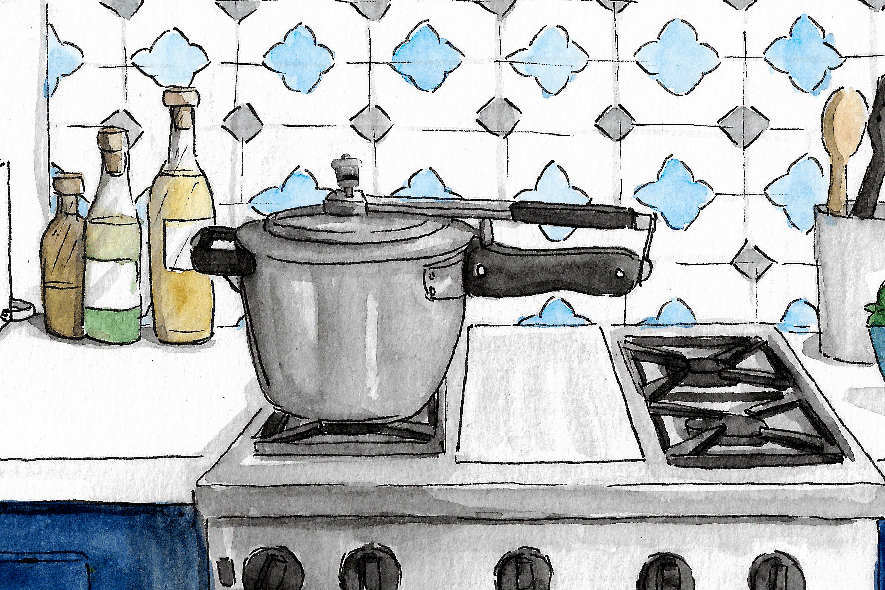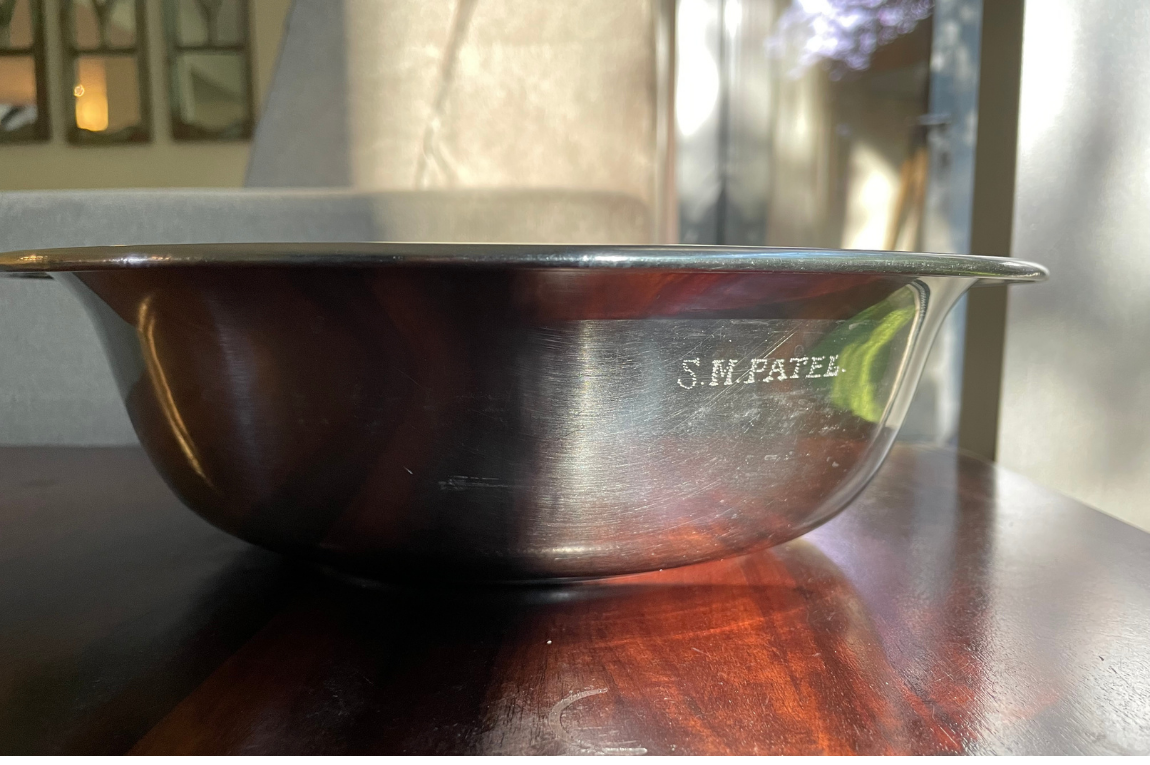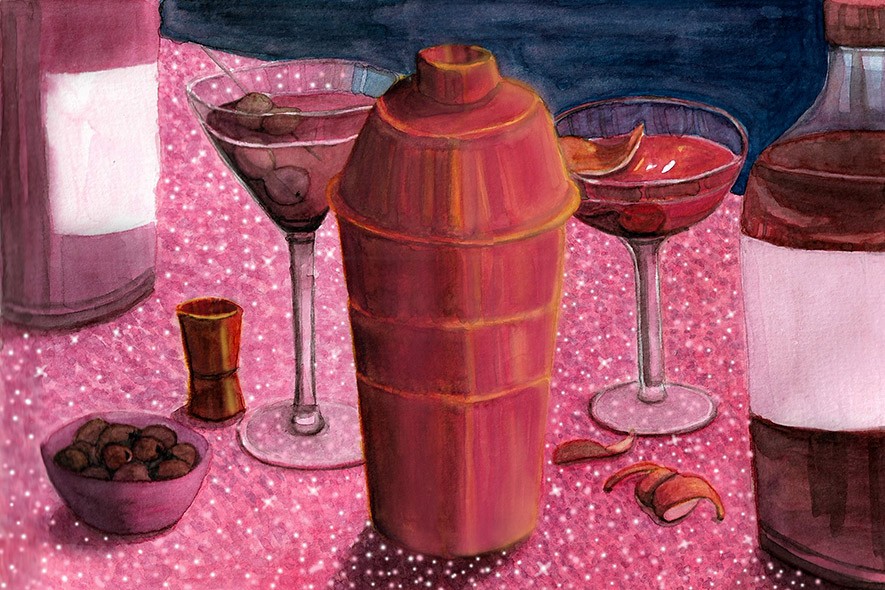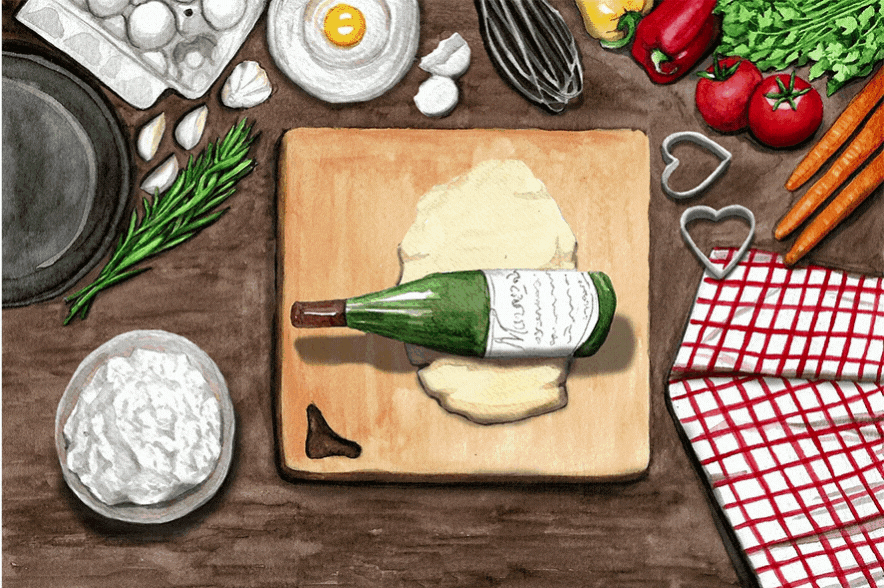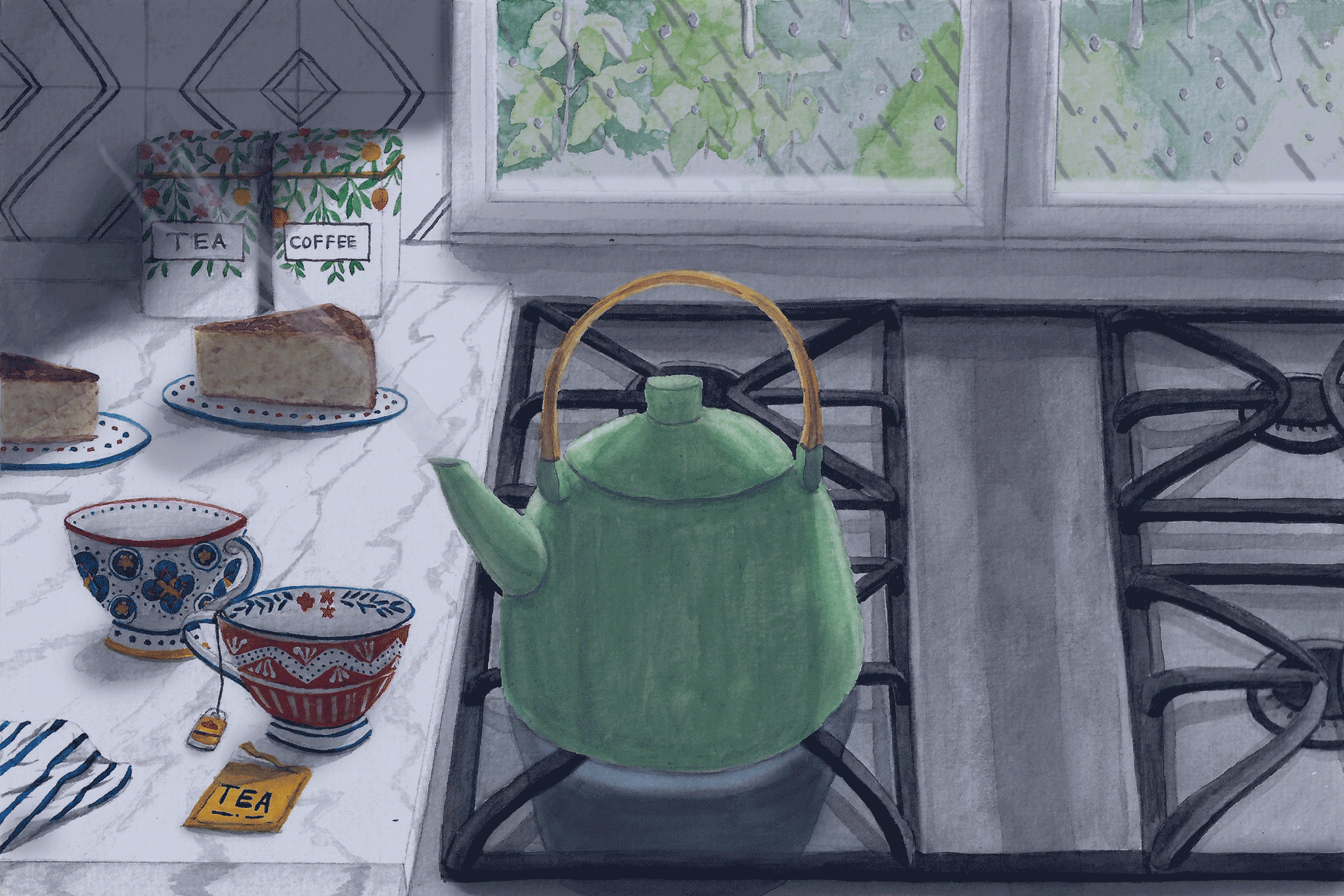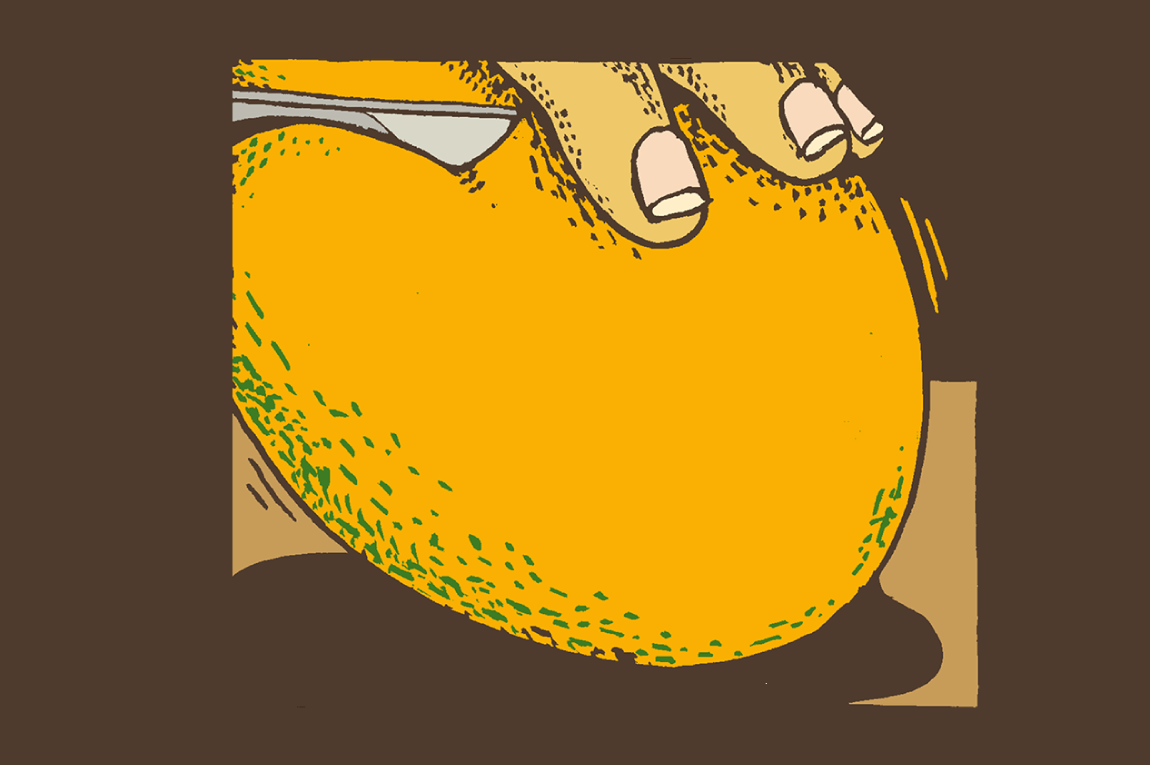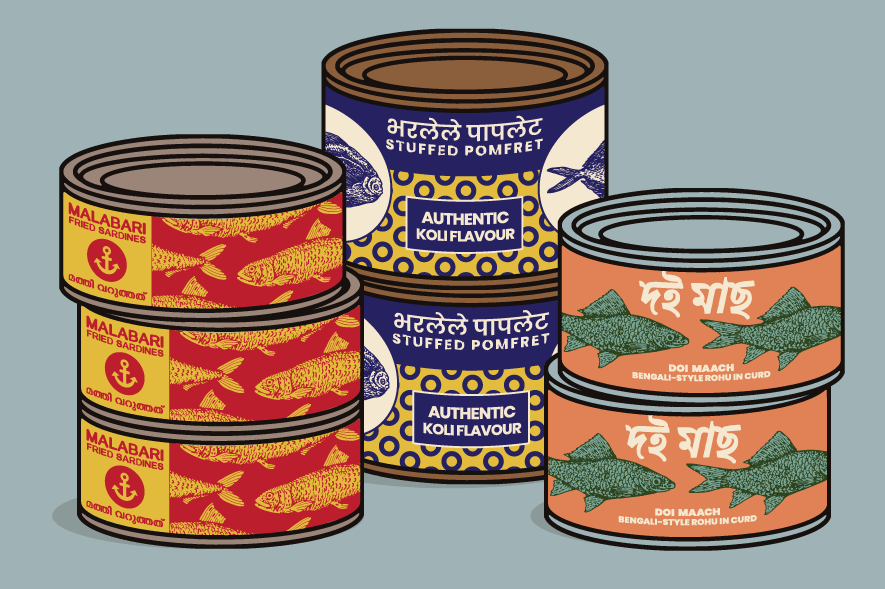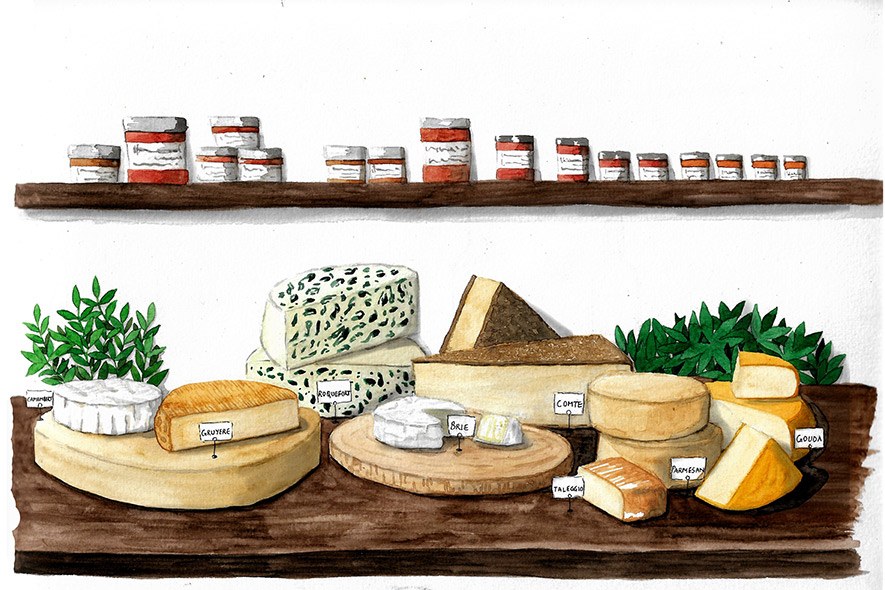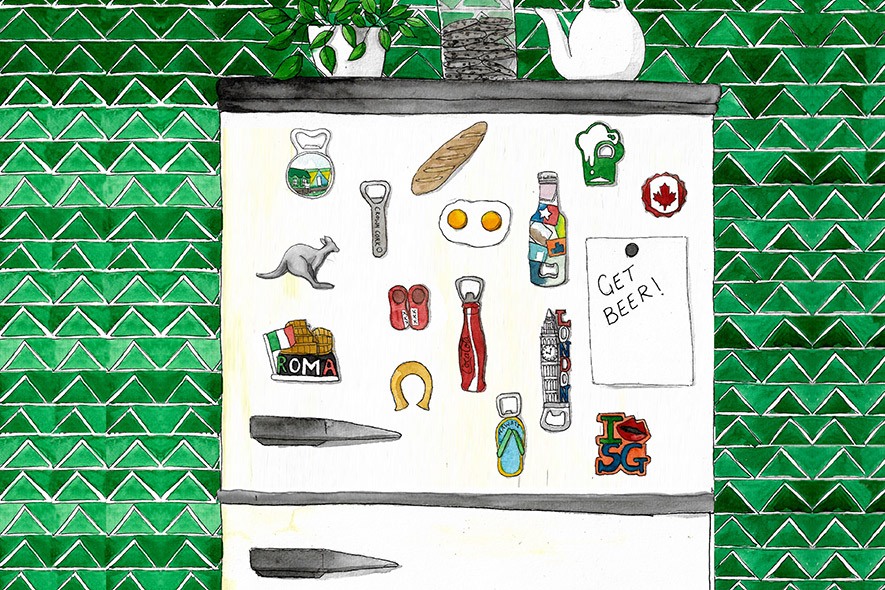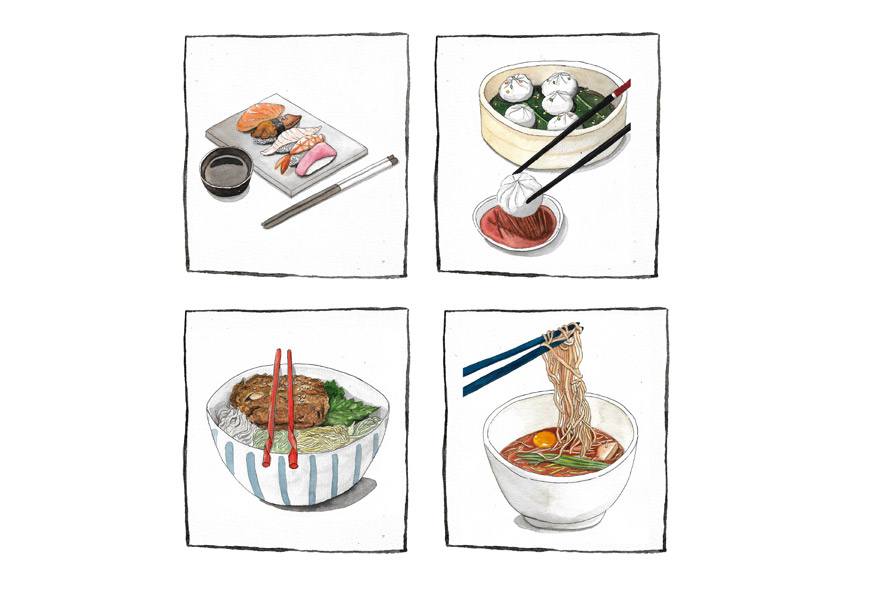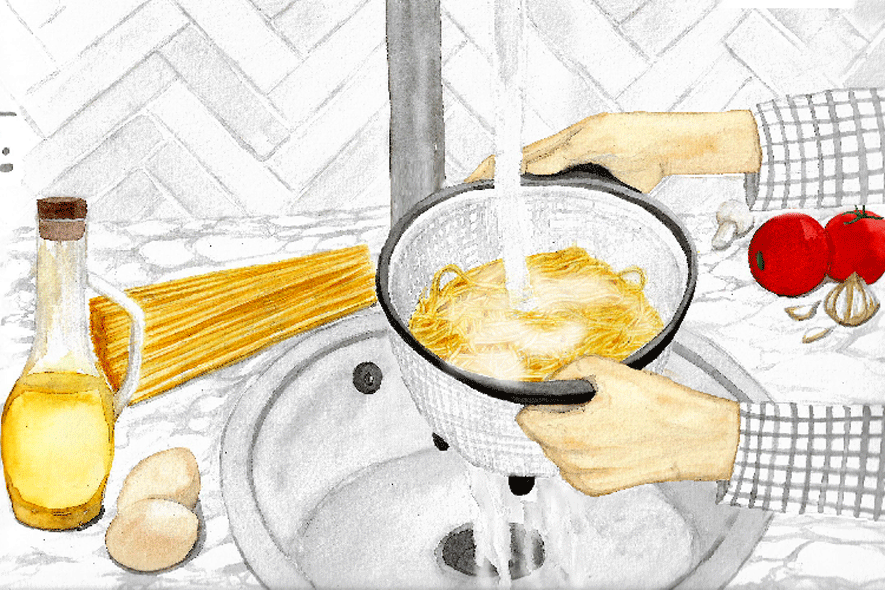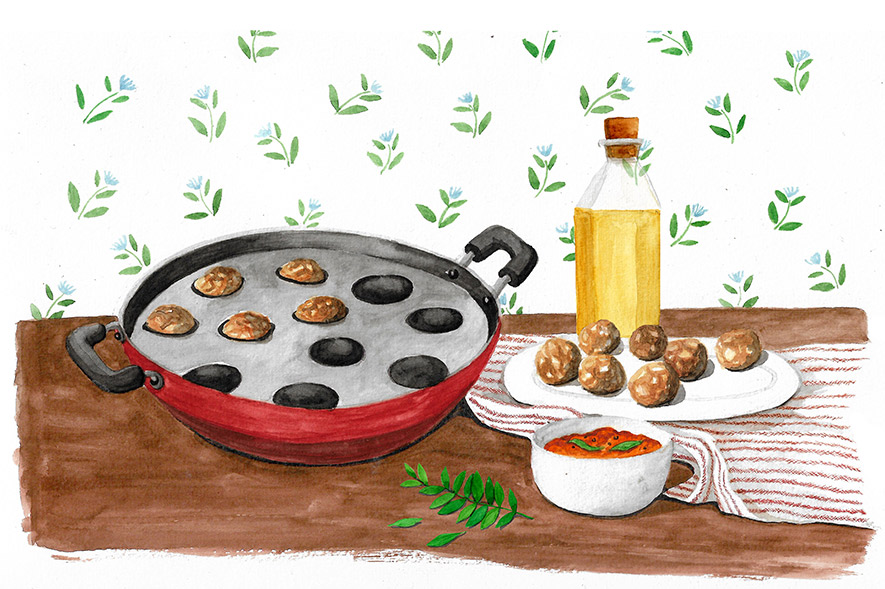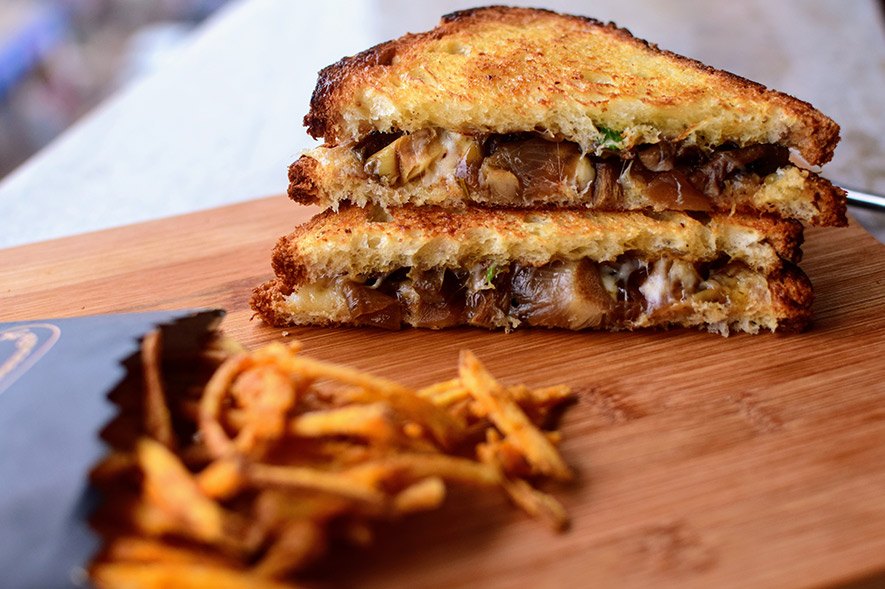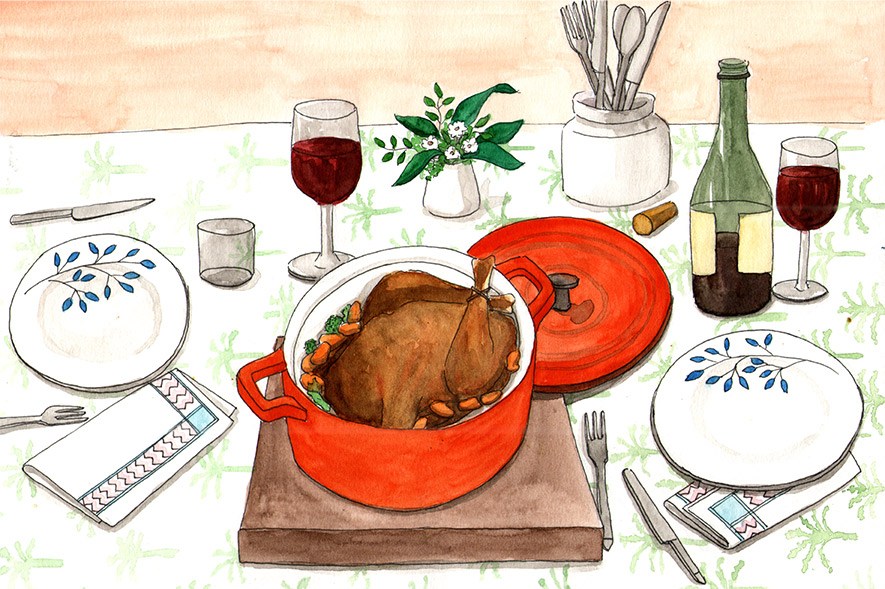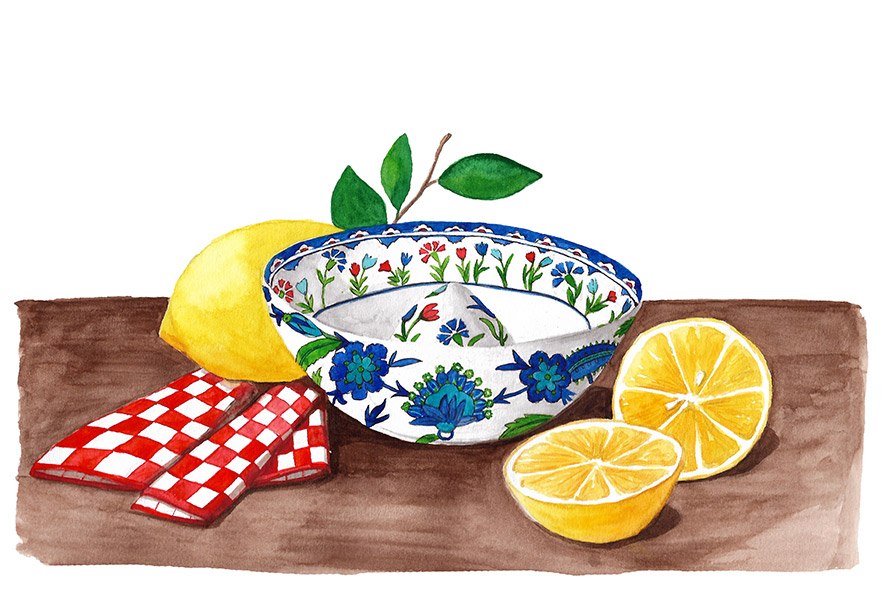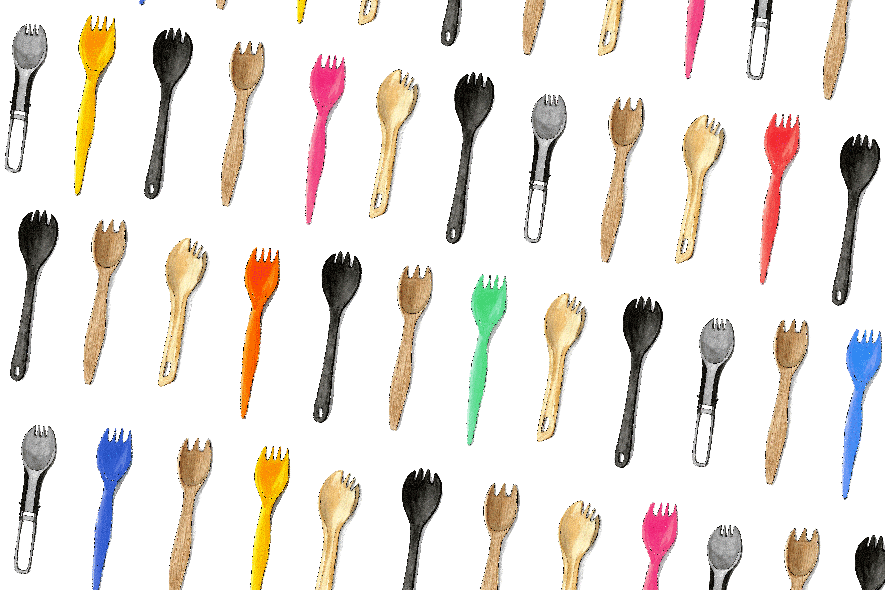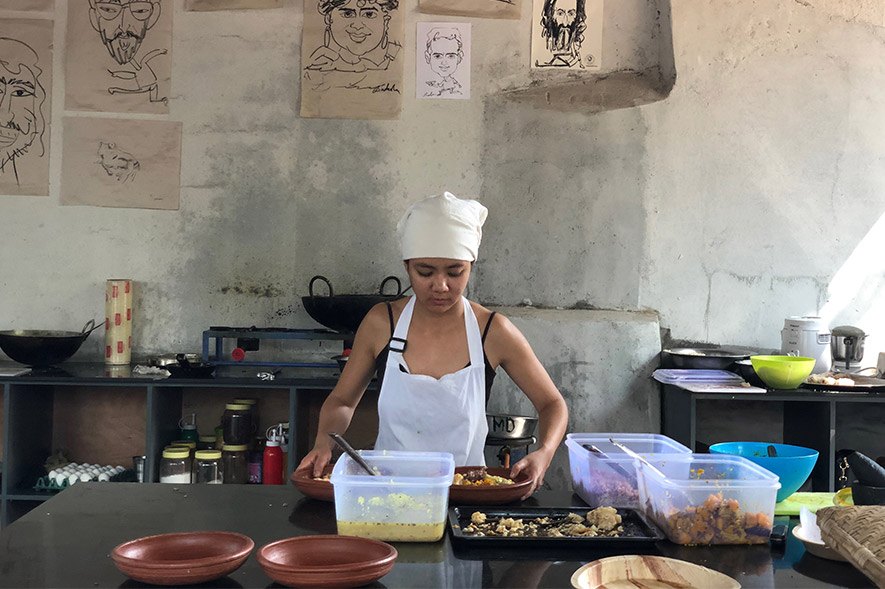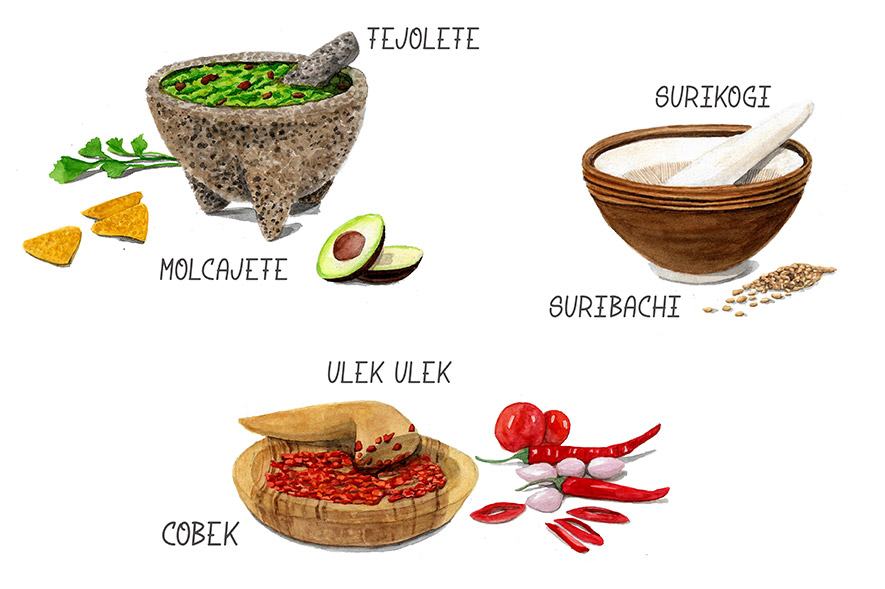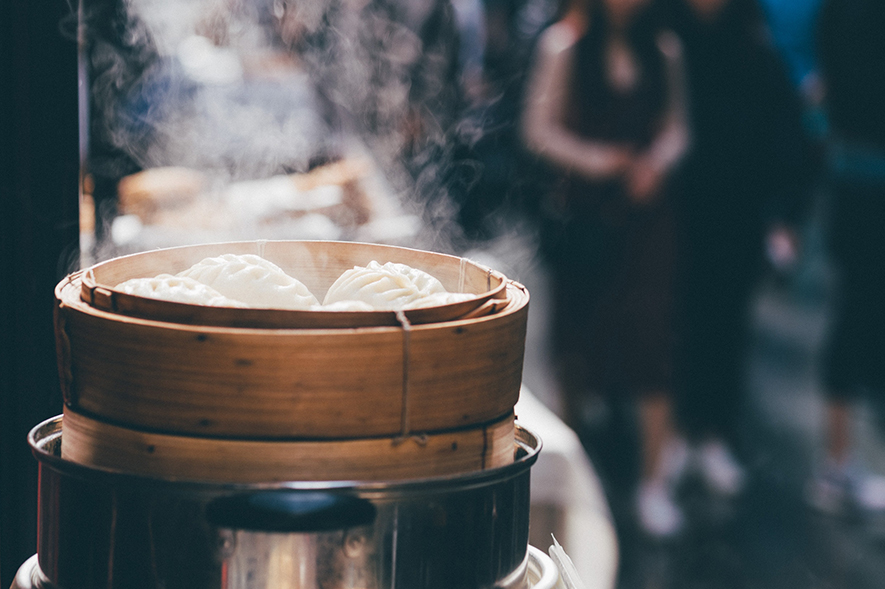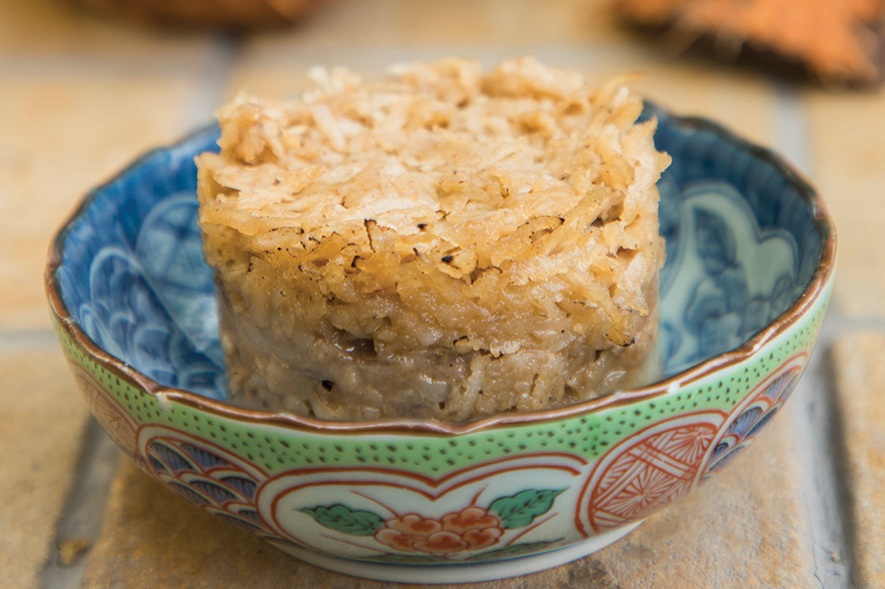Welcome to Pantry-Trippin’, a monthly column in which food writer Roshni Bajaj Sanghvi unearths the cultural connections of cookware and other kitchen paraphernalia from around the world.
The bone digester — that’s the name Denis Papin, Londoner, Frenchman, physicist, and inventor gave his new creation in 1679. This was a tightly lidded vessel that would render fat from bones, while simultaneously making them brittle enough to process into bonemeal. This invention and his work with steam, in part, earned him a fellowship in the Royal Society. A couple of years later, he followed with his charmingly titled treatise, A New Digester or Engine for Softening Bones.
Papin’s Digester, or The Steam Digester, as it was eventually called, was the earliest version of the pressure cooker, a piece of kitchen equipment that inspires drama, obsession, adoration, and yes, even terror. Ask anyone who has ever looked up at a dented kitchen ceiling, arced out with dripping, searing-hot, half-cooked dal.
The pressure cooker may have been invented in London and used all over the world from Europe to China, through Persia and Afghanistan, but the cuisine that it is most associated with is Indian food. We use it not only to make dal-chawal but also chicken makhani and packaged cake mix. When we leave the country for extended periods of time, we carry our pressure cookers with us. Lorna Sass, the James Beard Awards-winning, NYC-based cookbook writer who is also known as the queen of pressure cooking, starts the dedication in her book Cooking Under Pressure thus: “I would like to express my gratitude to my mother who went to India and brought back a pressure cooker instead of a sari. Without her particular set of priorities, this book might never have been born.”
It’s undeniable, nothing breaks down dried beans and grains as fast as this: add them into a sealed metal chamber with just enough water, heat the vessel until the trapped steam raises the atmospheric pressure by 15 pounds per square inch, and with it, the temperature to over 120ºC. In many jiggles of the weight, and three whistles, we get perfectly cooked beans. If we didn’t take our pressure cookers for granted, this process would sound preposterous. Indeed, in its 340-year existence, the energy-efficient pressure cooker has had a wildly dramatic history.
In 1809, it found a fan in Napolean Bonaparte, when an inventor found that it could be used to can food for the French army stationed all over Europe. In 1864, Georg Gutbrod of Stuttgart manufactured a cast iron pressure cooker that looked very different from anything we use today. By 1917, a cooker as a canner established its reputation in the States. Pressure canning was deemed as the only safe way of preserving low-acid foods by the US Department of Agriculture. The next year in the city of Zaragoza, Spaniard soldier Jose Alix Martínez patented the “olla exprés” which translates to “express cooking pot”, and went on to write the first ever book of its kind, 360 Recipes for Cooking with a Pressure Cooker.
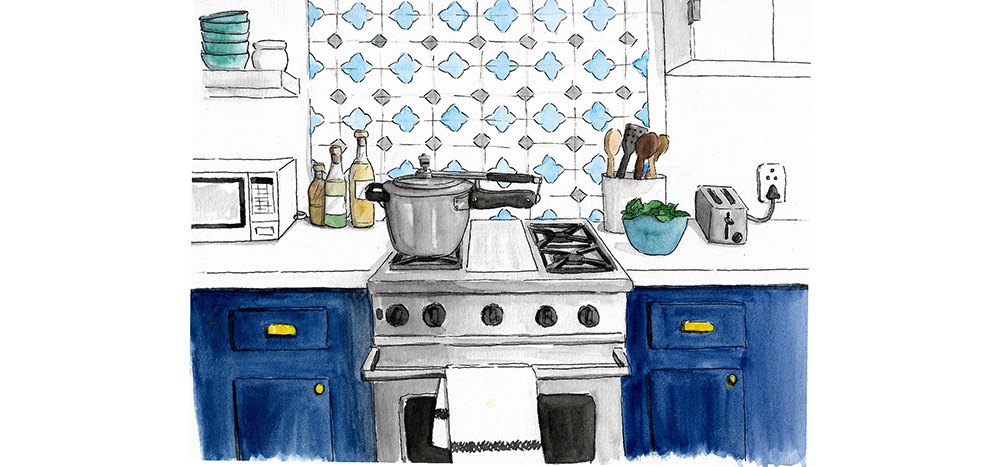
But the pressure cooker became a beloved of home cooks only a couple of decades later. At a New York trade fair in 1938, German designer Alfred Vischer introduced a saucepan-style Flex-Seal Speed Cooker that could be easily used in the residential kitchen; this was the first one to resemble the modern cooker as we recognise it. Soon almost a dozen US companies were manufacturing them. In 1948, The New York Times carried ads for pressure cookers; an aluminium four-quart pressure cooker went for $6.98 (about 29 INR).
That’s also the year that Julia Child received her first one, as a wedding present. From then on, she refused to cook chickpeas, beans, or wheat berries in anything else. “I wouldn’t be without one,” Child said to The New York Times in a phone interview. “They are absolutely wonderful.” In the 1946 edition of The Joy of Cooking, author and cookbook writer Irma S Rombauer wrote, “There is a gadget on the market that permits a cook to scoff at time.”
It’s hard to scoff when there’s an explosive device in your kitchen. As is wont to happen with rapidly growing industries, a glut of inferior quality cookers flooded the market. Pressure cookers started blowing up at just about the time that quick-cooking convenience foods and TV dinners showed up. In the US, midway through the 20th century, pressure cookers were forgotten and left in storage to gather dust. In India and Europe and North Africa — where we love braising and stewing our food — cooks continued to swear by the vessel’s ability to save fuel and to rapidly and remarkably offer the sort of melded deep flavours that otherwise only slow cooking does. Three of India’s major pressure cooker manufacturers — TTK Prestige, Hawkins, and United — all started business operations in the recently independent republic and soon households were boiling potatoes, cooking pulao, and steaming idlis in this pressurised steam chamber.
Since then, modern pressure cookers have been designed with additional safety features — rubber gaskets, safety plugs, interlocking lids that open only when the pressure inside is normal — and so they have found fans in celebrated chefs around the world. Nigella Lawson and Jamie Oliver have been seen using the pressure cooker on their TV shows. Rick Bayless loves making a no-stir super-fast risotto in his. Nathan Myhrvold, author, inventor and founder of The Cooking Lab, extols its virtues in his five-book tome Modernist Cuisine, offering a recipe for a delicious caramelised carrot soup that takes laughable amounts of time and effort.
Papin, whose work with steam also led to early models of the steam engine, died a pauper in an unmarked grave. He could not have guessed that he would one day contribute to the fortunes of a Chinese-Canadian dad recently out of a job. Robert Wang invented the Instant Pot, a multifunctional, electric pressure cooker, when he was fired from the start-up he founded. The idea was to help parents quickly prepare highly nutritious meals for their children. Since 2016, the Pot has developed a cult following: on Amazon Prime Day in 2018, the shopping website sold 3,00,000 Instant Pots in 24 hours.
On its website, the Instant Pot is described as “the latest, 3rd Generation Programmable Pressure Cooker… It speeds up cooking by 2~6 times using up to 70 per cent less energy, and, above all, produces nutritious healthy food in a convenient and consistent fashion.” Three and a half centuries after it was invented, the pressure cooker’s core benefits remain exactly the same.
Roshni Bajaj Sanghvi, a graduate of the French Culinary Institute (now International Culinary Centre) in NYC, lives in Mumbai and writes mostly about food and travel for many a publication. She’s a contributing editor at Vogue magazine, and her words have also been found in Condé Nast Traveller, Mint Lounge, Scroll.in, The Hindu, Saveur, The Guardian, and Travel + Leisure, among others. She’s crazy about obscure ingredients, and she always knows where to go back for seconds. You can find her on Instagram and Twitter at @roshnibajaj.
Shawn D’Souza is a textile designer who moonlights as an illustrator. He draws as a way of understanding his surroundings better. He is on Instagram as @dsouza_ee.
Tell us what you think? Drop us a line.
